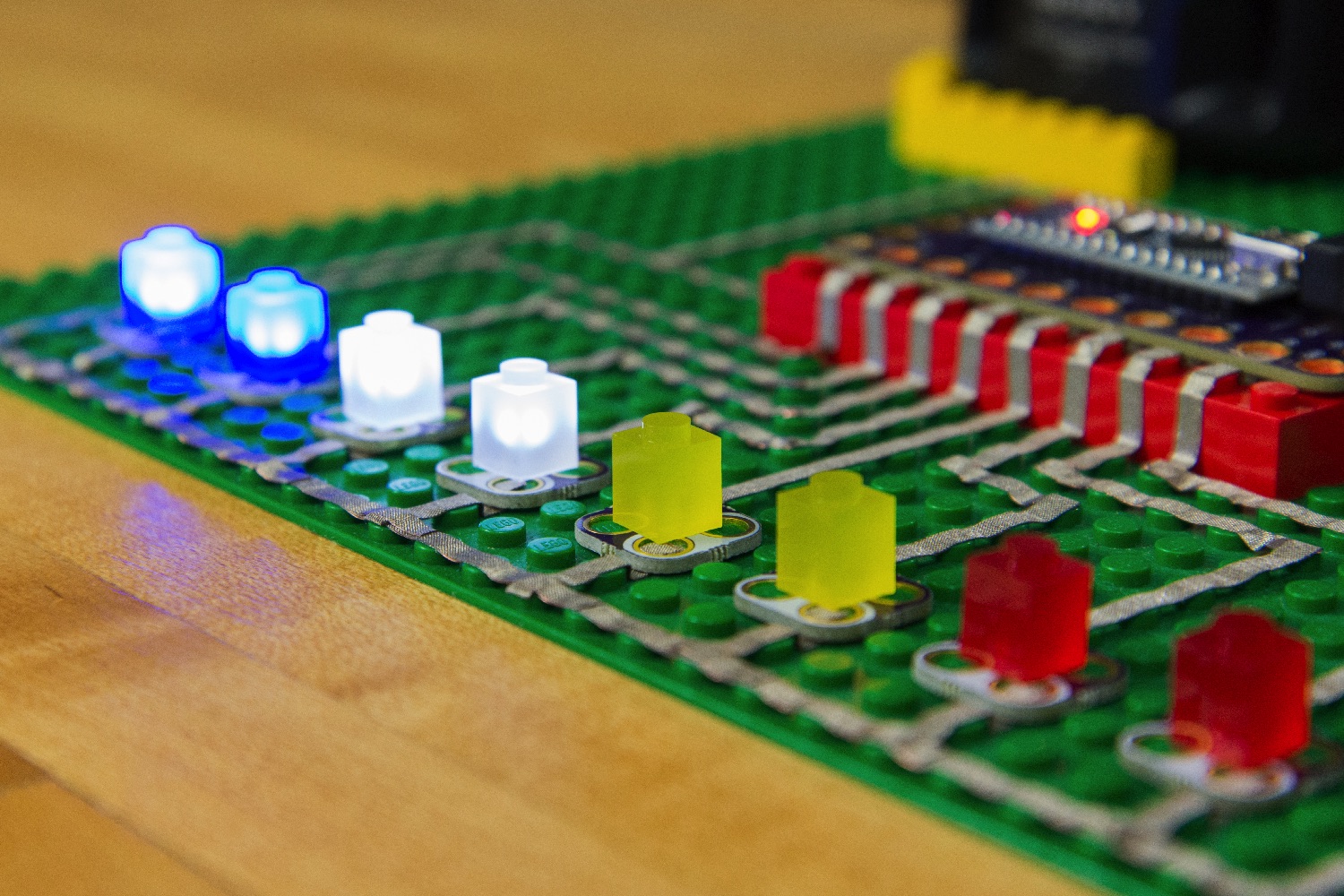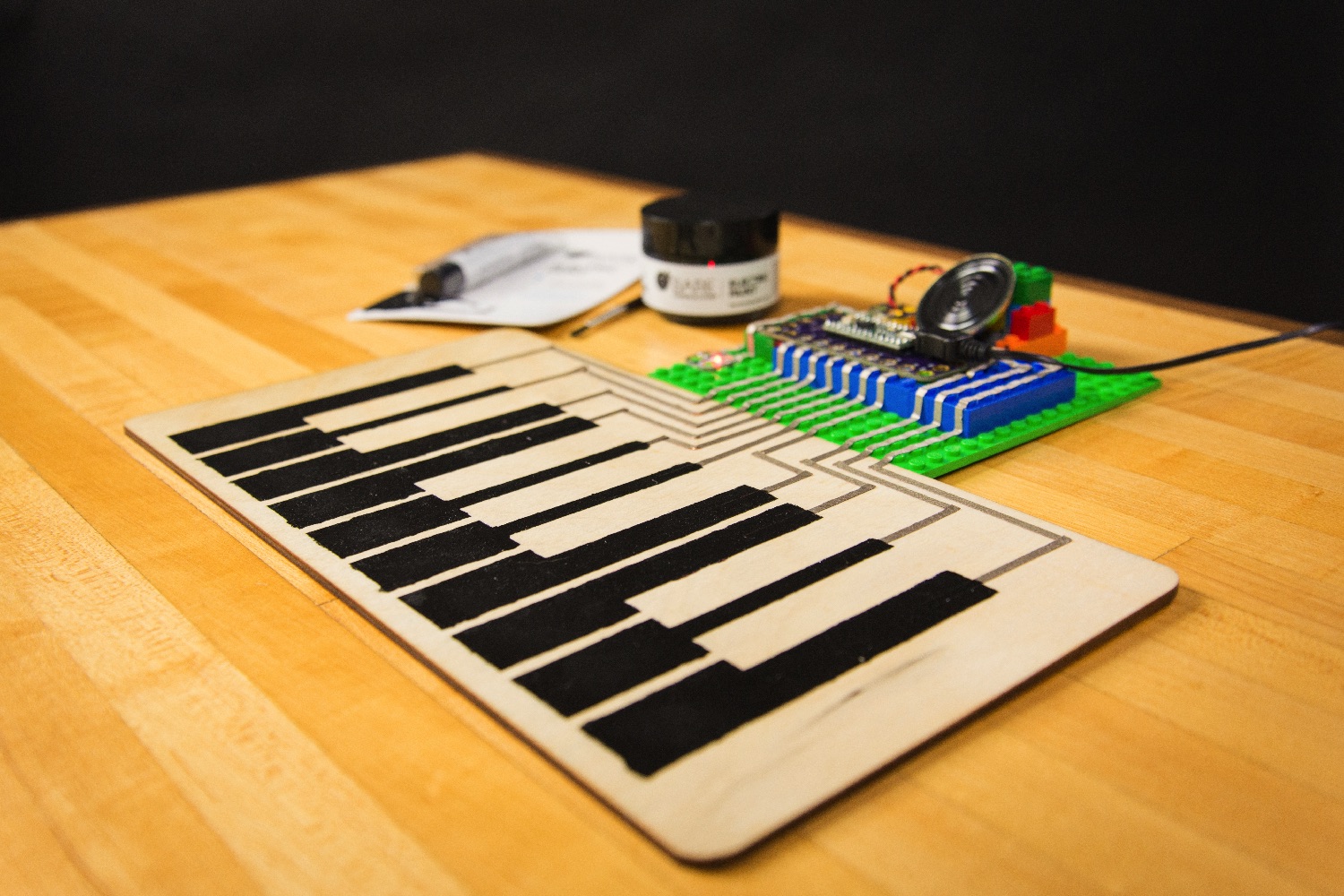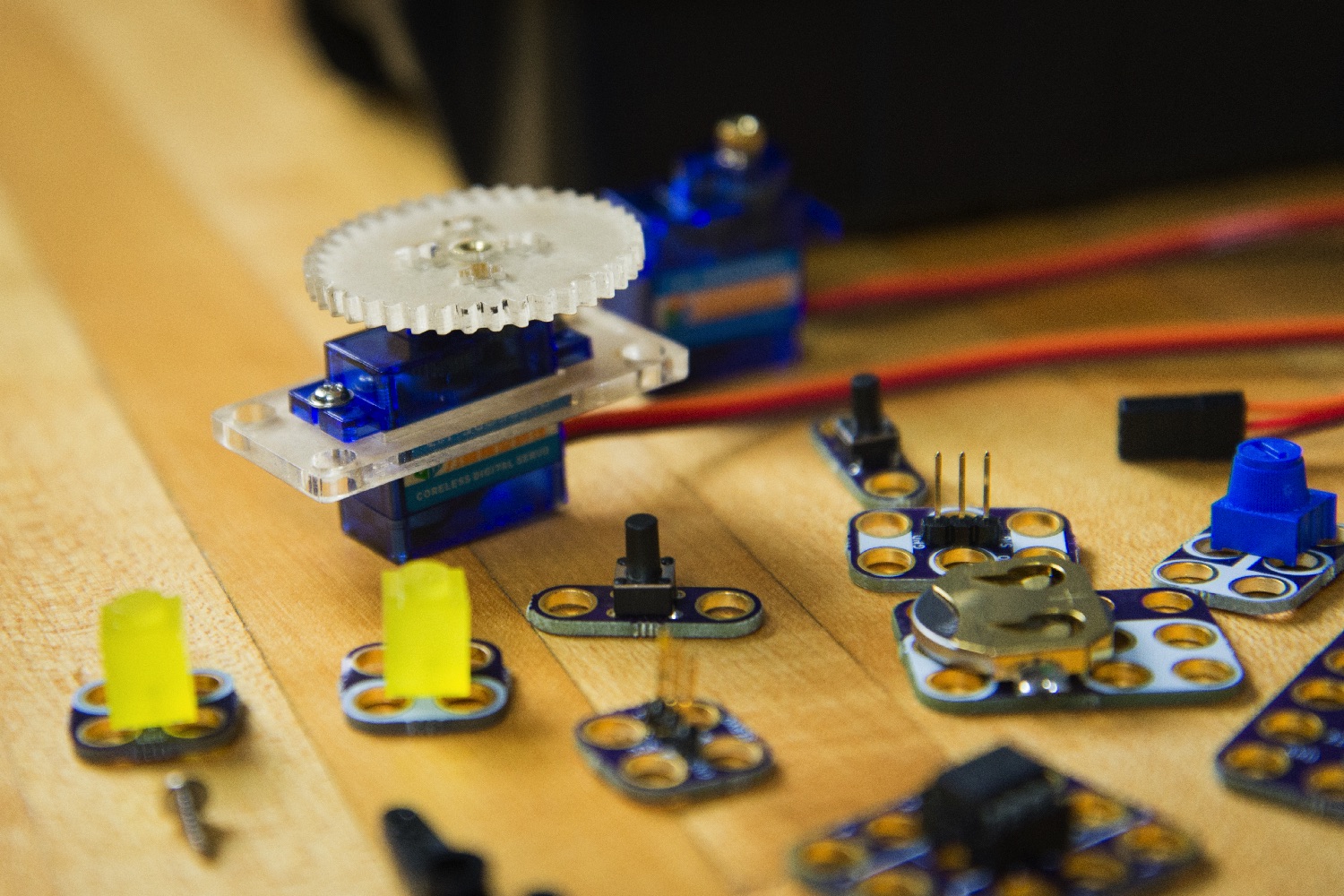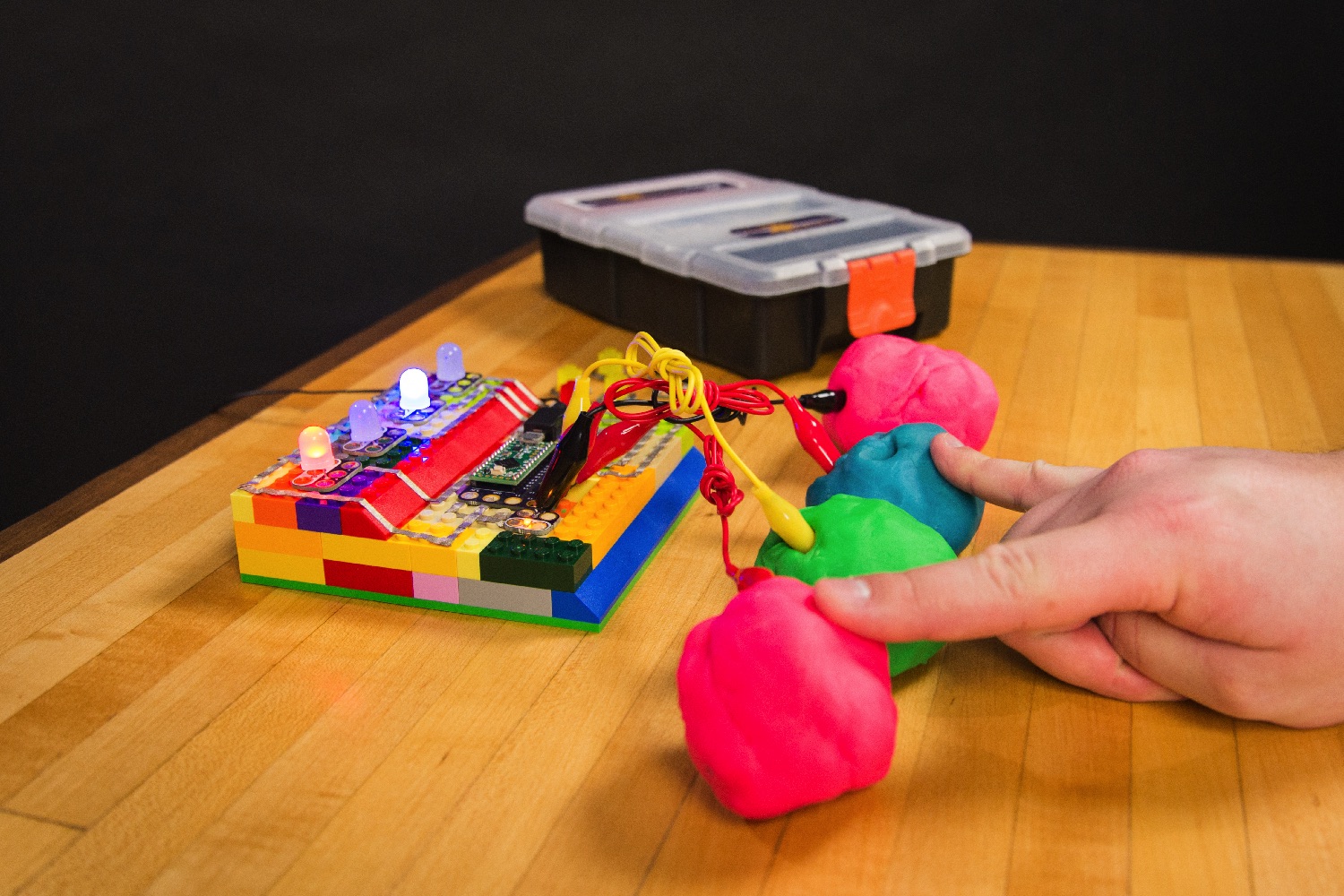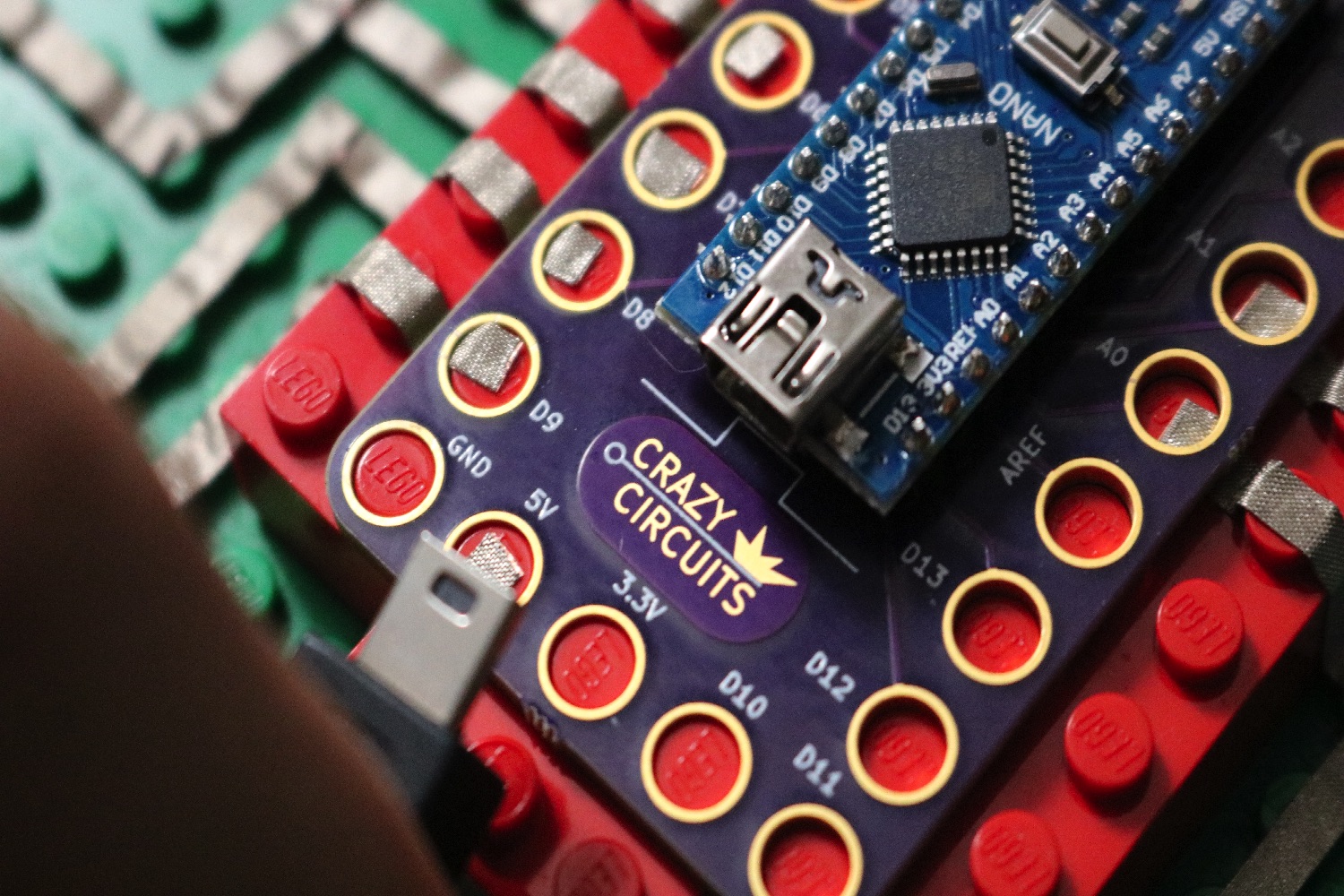They’ve created a fascinating new Kickstarter campaign that offers a way to learn the basics of electronics without having to break out your soldering iron, thanks to a series of “Crazy Circuits” parts that attach directly onto regular Lego bricks.
“We’re former educators, and the biggest gripe we’ve had with a lot of learning systems out there is they’re typically way too expensive, charging $12 to $15 per part,” co-creator Joshua Zimmerman told Digital Trends. “What we wanted to do with this system was build off something that everyone would know how to use, and which would be extremely common. What fits the bill better than Lego?”
In addition to Lego, Crazy Circuits can be used in sewing, attached to construction paper, or utilized to create art using conductive inks and paints.
“One of the things we’ve had the most fun with is dusting off the old Lego sets from our childhood and wiring them so they light up,” Zimmerman continued. “But you can also use the Lego as an easy building system, so you don’t need to 3D print a body. We had a friend who built a synthesizer using our parts, and someone else who used it to make a piece of interactive clothing using conductive thread on fabric. We’ve put together a system that’s so wide-ranging, people can come up with ideas we’ve never thought of.”
The bold idea is to launch a subscription electronics delivery service, kind of like a Geek Box for … geeks (wait, that analogy doesn’t work!), in which every month new projects are delivered to your door, complete with instructions. Deliveries will include both beginner and advanced projects, with all the pieces you need right there in the box.
For the Kickstarter campaign, you can either buy one-off sets, or subscribe to the service for a maximum of 12 months. Prices start at $35 for a beginner’s pack, with deliveries set to begin in September.
